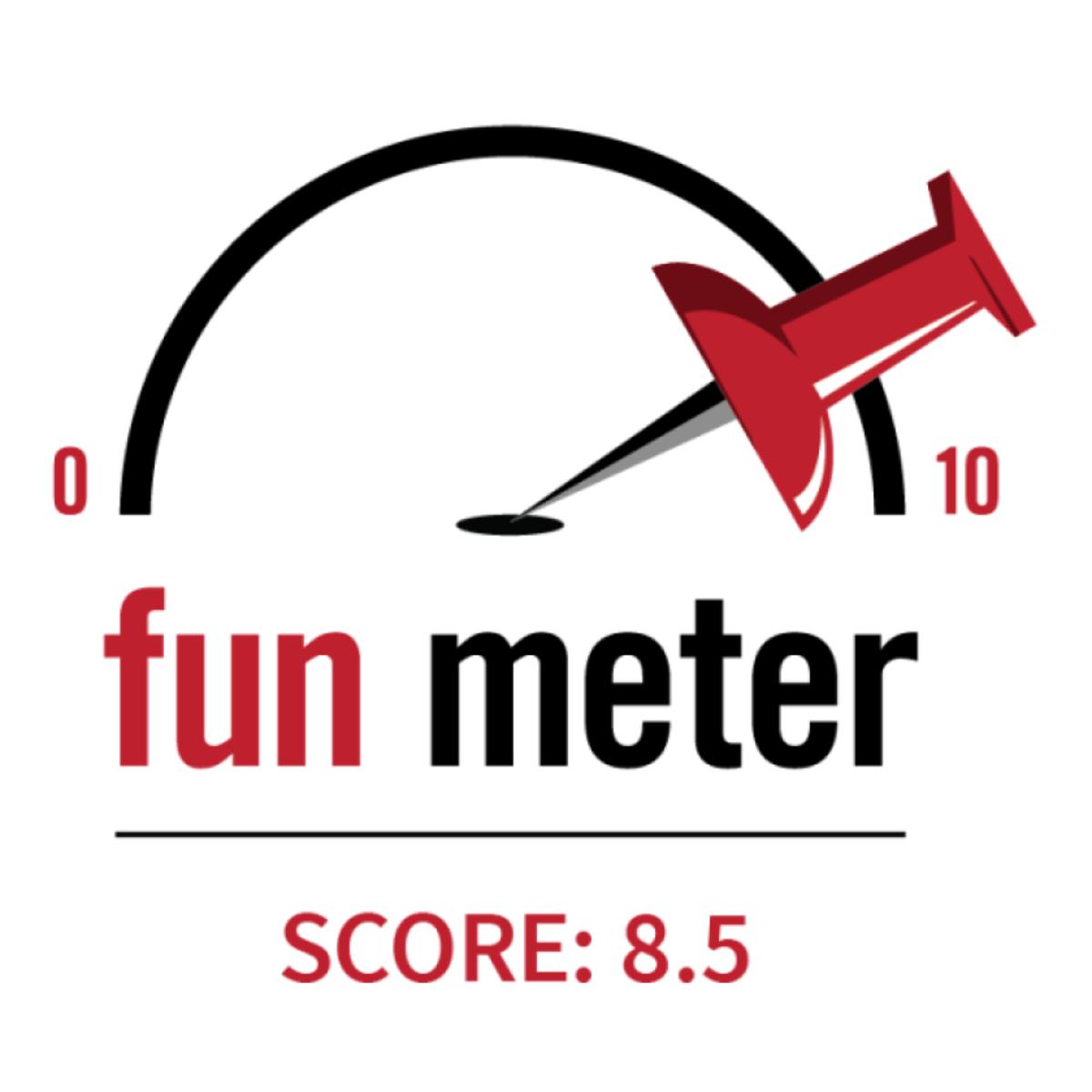Golf Course Review: Forest Park Golf Course (Dogwood) | 8.5 Score

Location: St. Louis, Mo.
Course architect: Robert Foulis
Opened: 1912-1915
Redesigned: 2002-04 | Hale Irwin and Stan Gentry
Par: 35 (nine holes)
Tee -- Yardage:
Men
Black / Champions — 3,140
Yellow / Tournament — 2,800
Blue / Gentry — 2,467
Women
White / Forward — 2,123
Saturday morning green fee: $ / $$ ($26 for nine holes; $52 for 18 holes)
Caddie service: No
Walker friendly: Yes
Fairways: Zoysia
Greens: L-93 Bentgrass

THE REVIEW
Starter: The Norman K. Probstein Golf Course in Forest Park includes three nine-hole layouts that date back to the early 1900s. In fact, all three were built from 1912-1915, following the 1904 World’s Fair in St. Louis — and if you want to know more about that, literally step off the sixth green and into the Missouri History Museum, which features a funky exhibit with odds and ends from that fair. These aren’t the most creative holes ever designed, but they offer just enough quirks — doglegs, creeks, small greens and subtle elevation change plus gorgeous redbud trees popping against the green grass -- to be an attractive challenge.
Play because ...: I played Forest Park’s Dogwood nine while passing through town on a Friday afternoon. When I checked in with the pro shop and asked if walking was permitted in a high-traffic time such as this, the attendant looked at me with some surprise and said, “It’s always OK to walk.” Past that interaction, there was little supervision on the course — no starter, no marshals — and none needed. After the fourth hole, I joined a local player who was more used to sneaking out for 18 holes before going to work each morning than playing mid-day. That speaks well for the pace, which I also experienced. The course was busy, but not over-crowded. Forest Park does roughly 65,000 rounds a year, and the only sign of that kind of traffic are a few scars on the green born of unrepaired divots.
Takeaway: St. Louis is a city flooded with young professionals, and the options for entertainment (and disposable income) are nearly limitless. How cool is it that such prime real estate in Forest Park, a 1,300-acre space that’s the sixth most-visited urban park in the U.S., is devoted to golf? Everywhere you look, there are runners, dog-walkers, picnic-ers and millers-about enjoying this space. Twice during my round I had to step off a shot when a runner crested a hill in my slice zone or ambled between me and the fairway. I don’t look at it as an annoyance but rather a charming reminder of shared city spaces. Easy access helps ingrain golf into a city’s culture. Plus, Washington University is a par 5 away. Think of Forest Park as a public-access university course. Now think back to your own college experience. I, for one, was jealous.
THE RATINGS [1 to 10 scale; 10 being the highest]
Pro shop: 8.0
Clubhouse: 9.0
Difficulty: 5.0
Pace of play: 7.0
THE COURSE | Scorecard
Best par 3: No. 5 (178 | 134 | 120 | 104 yards)
Don’t be fooled by the short distance of this hole. It just takes a mid-iron to clear Lake Eisenhower, which stands between the tee and the green — though you’d better be able to confidently carry the water, because there’s no real bailout area. The real challenge comes into play once on the putting surface. Don’t be too distracted by the crowds strolling lazily among the fountains and pillars of the St. Louis Art Museum to the right. Full concentration is needed to correctly read the putt on this sloping green. Don’t assume everything breaks toward the water — that error cost me a birdie.
Best par 4: No. 3 (331 | 300 | 270 | 241 yards)
If I hadn’t been close on the heels of the twosome in front of me at this point in the round, I likely would have diverged off the Dogwood and onto the seventh hole of Redbud. When you come down a hill off the second green and follow the cart path left, there are two forking tees. Choose the right one to close out what amounts to a three-hole loop in the shadow of the Art Museum. This dogleg left also marks the last hole with elevation change on the Dogwood and head to the east side of the property. There’s a considerable dip in elevation off the front of this tee box, but the hole begins to slope uphill just about the time you reach the landing area — one strategically flanked by sand traps on either side of the fairway. Even a well-struck tee shot leaves an uphill blind shot to a miniscule green bordered by more sand. On this hole, pick a line and trust the choice.
Best par 5: No. 1 (507 | 473 | 437 | 371 yards)
Six of the nine holes that make up Dogwood are flat, which is why this opening hole was so much fun. It is decidedly different than anything else encountered the rest of the round. It’s not immediately apparent where the hole leads while standing on the tee, but stay within the gauntlet of trees that leads to the fairway if reaching the green in two is the main objective. Anything weak and right off the tee will create a tree-blocked second shot. The second half of this hole is steeply uphill, which will get the blood flowing for those carrying clubs. The reward for reaching the green is a nice view back toward Art Hill, which is considered the park's iconic outdoor theater / picnic area in the park. The views of the surrounding architecture are truly what give this course character.
INFO
Phone: 314.367.1337
Website: www.forestparkgc.com
Facebook: @ForestParkGolfCourse
Instagram: @forestparkgolfcourse
Twitter: @ForestParkGC
